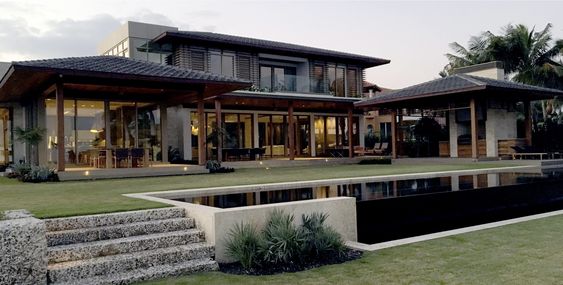Villas: Environmental Impact and Sustainability Considerations
Read latest blogs and articles from Housystan

The Information mentioned here was last updated on:
21/12/2025Villas offer luxurious living spaces, but their environmental impact is a growing concern, especially in regions striving for sustainable development. As interest in eco-friendly living rises globally, property buyers and investors in areas like California, Spain, Dubai, Bali, and the Mediterranean are seeking greener alternatives. Understanding the sustainability considerations associated with villas is essential for making informed decisions that benefit both residents and the local ecosystem.
One major factor affecting the environmental footprint of villas is their location. Coastal and rural areas, popular for villa developments, often face unique challenges such as water scarcity, habitat disruption, and increased energy consumption. Implementing water-saving technologies, eco-friendly landscaping, and renewable energy solutions can significantly reduce the negative impact of villas in these regions. For instance, adopting solar panels, rainwater harvesting systems, and drip irrigation can help conserve natural resources and promote self-sufficiency.
Construction materials play a crucial role in determining a villa’s sustainability. Utilizing locally sourced, non-toxic, and recycled materials reduces transportation emissions and minimizes the overall carbon footprint. In Mediterranean and tropical destinations, builders are increasingly choosing materials like bamboo, reclaimed wood, and natural stone, which blend seamlessly with the environment and require less energy to produce. These choices not only lower environmental impact but also enhance the aesthetic appeal of the property.
- Verified Tenants/Buyers
- Unlimited Property Listing
- Zero subscription/charges fee
Energy efficiency is another key consideration for villa owners and developers. Integrating smart home systems, LED lighting, and energy-efficient appliances can drastically cut energy consumption. In sunny locations such as California and Dubai, passive design principles that maximize natural light and airflow further reduce the need for artificial cooling and heating, offering both comfort and cost savings for residents.
Finally, maintaining biodiversity and supporting local wildlife are important aspects of sustainable villa development. Preserving native plants, creating green corridors, and avoiding chemical pesticides help protect local ecosystems. By prioritizing these environmental considerations, villa developments can offer comfortable, luxurious living while contributing positively to the health of the planet and the surrounding community.